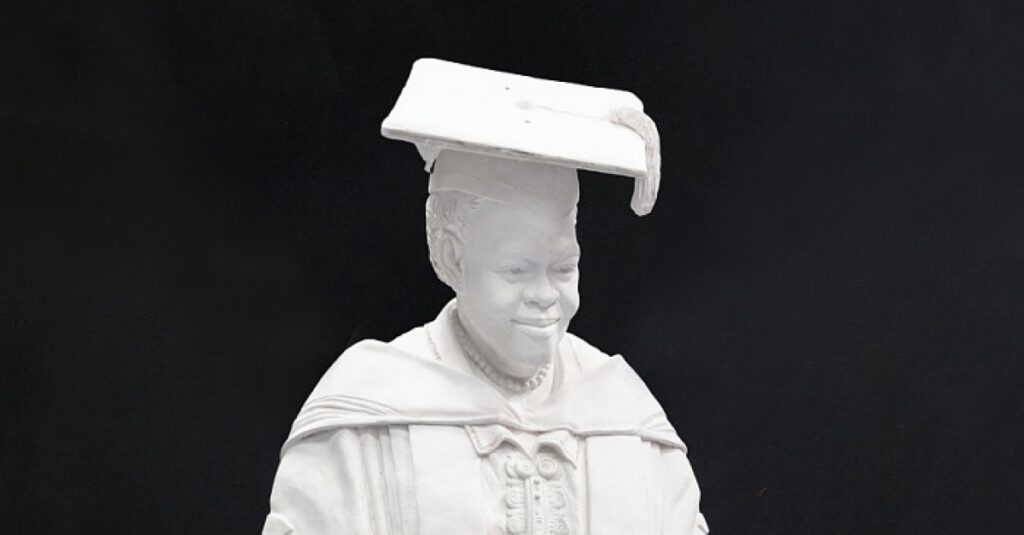The Smithsonian’s National Museum of African American History and Culture (NMAAHC) will open a new, enlightening exhibition, “Forces for Change: Mary McLeod Bethune and Black Women’s Activism,” on Friday, July 19. The 640-square-foot exhibit explores the legacy of Mary McLeod Bethune and the National Council of Negro Women and the strategies Black women used to create change through education, creativity and organizing. The exhibition is a permanent, dynamic space that highlights new stories about Black women activists through 35 objects, 75 images and two digital media pieces. For more information about the exhibition, visit nmaahc.si.edu/ForcesForChange.
“The women featured in this exhibition overcame immense odds to found educational institutions, ignite social and political movements, form enduring organizations, and create beauty in diverse art forms, all while representing their countries at home and abroad,” said Turani Salah Din, museum language and literature specialist at NMAAHC. “This recurated space within the museum is dedicated to telling the stories of their vision, dedication, fortitude, and courage, and celebrating the impact they have had as a force for positive change in the United States and around the world.”
Visitors can interact with interactive media, infographics and objects related to Black women, including Bethune’s travel journal, Dorothy Height’s hat, an antique desk that belonged to Etta Morten Barnett and a red silk rose worn by Sybrina Fulton. The reinterpreted and restored space connects Bethune’s legacy to other Black women who have been inspired by and built on her work through the ages. The exhibit elevates the stories of Black women who have advocated for social change from the early 20th century to the present.
A highlight of the space is an 8-foot-tall plaster cast of Bethune, which served as the prototype for the final statue sculpted in marble by artist Nilda Comas for the U.S. Capitol’s National Statuary Hall. In 2022, Bethune became the first African-American to be honored with a state-commissioned statue for the U.S. Capitol’s National Statuary Hall Collection.
The exhibition is a dynamic reimagining of the Bethune Room, a special gallery featuring the story of Bethune and the National Council of Negro Women, which first opened in 2016 as part of the permanent “Making a Way Out of No Way” exhibition. “Forces for Change” offers new perspectives on Black women as activists and illuminates the history of Black women affecting social change.
About the National Museum of African American History and Culture
Since its opening on September 24, 2016, the National Museum of African American History and Culture has welcomed 11 million visitors and millions more through digital channels. Prominently located next to the Washington Monument on the National Mall in Washington, DC, the nearly 400,000-square-foot museum is the nation’s largest and most comprehensive cultural institution dedicated to exploring, documenting, and showcasing the African American story and its impact on American and world history. The museum also launched a searchable museum portal and continues to expand its reach through other initiatives that put African American history in the hands and homes of people around the world. For more information about the museum, visit nmaahc.si.edu, follow @NMAAHC on X, Facebook, and Instagram, or call Smithsonian Information at (202) 633-1000.
# # #
SI-228-2024


